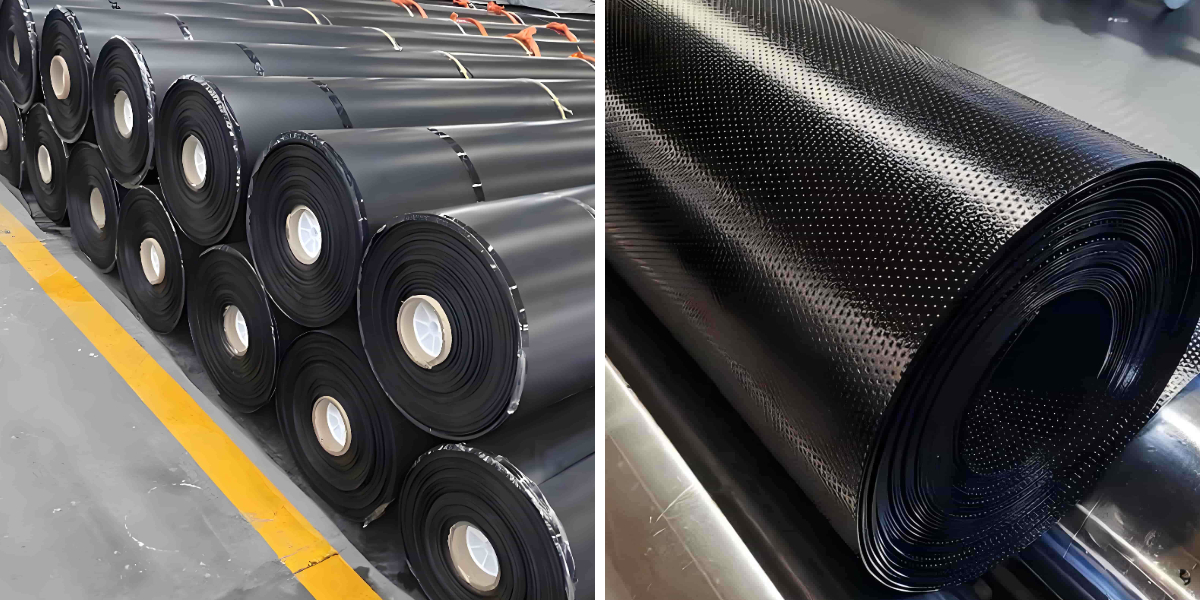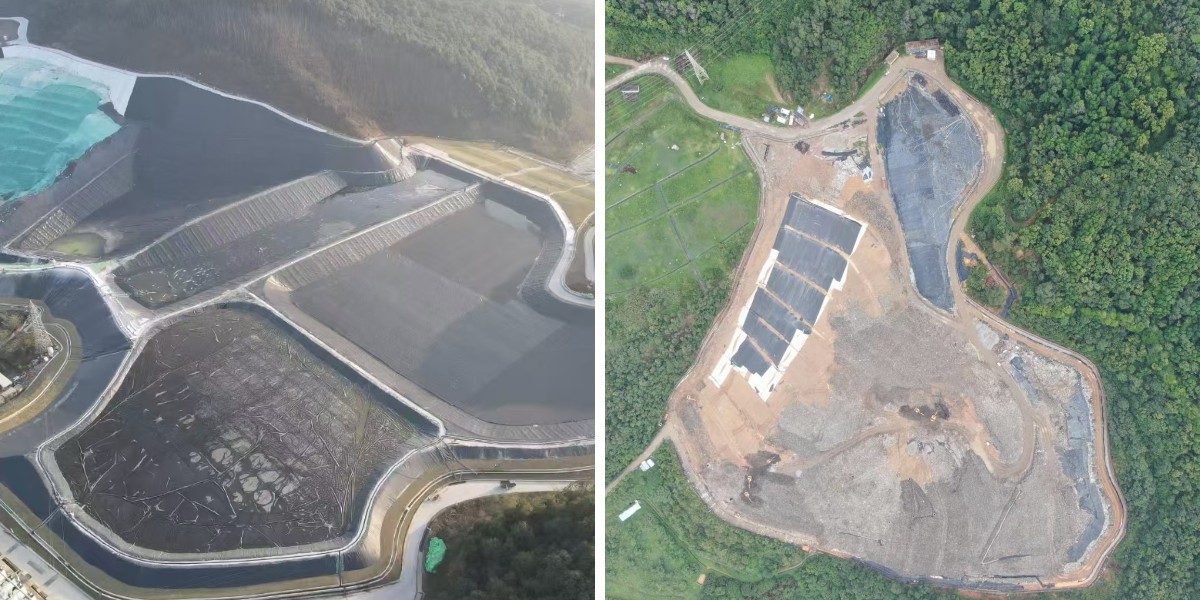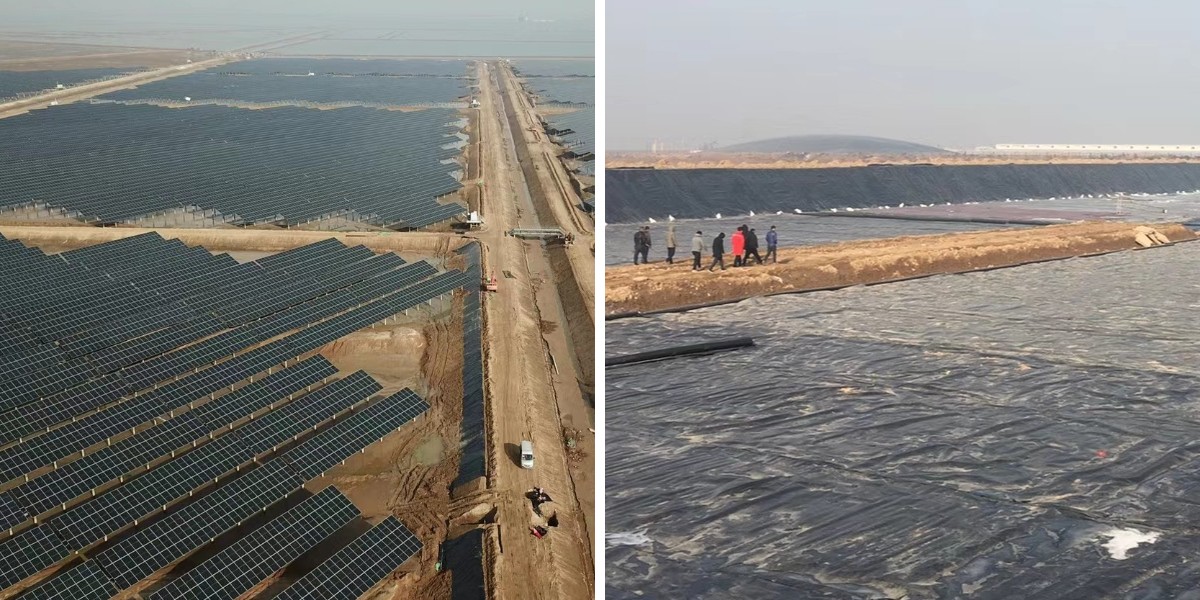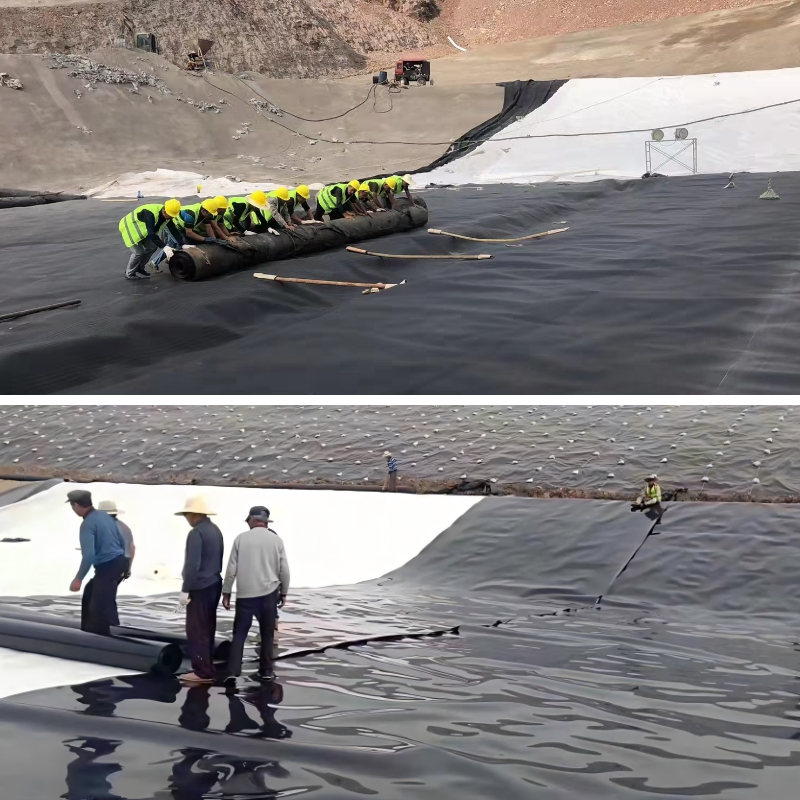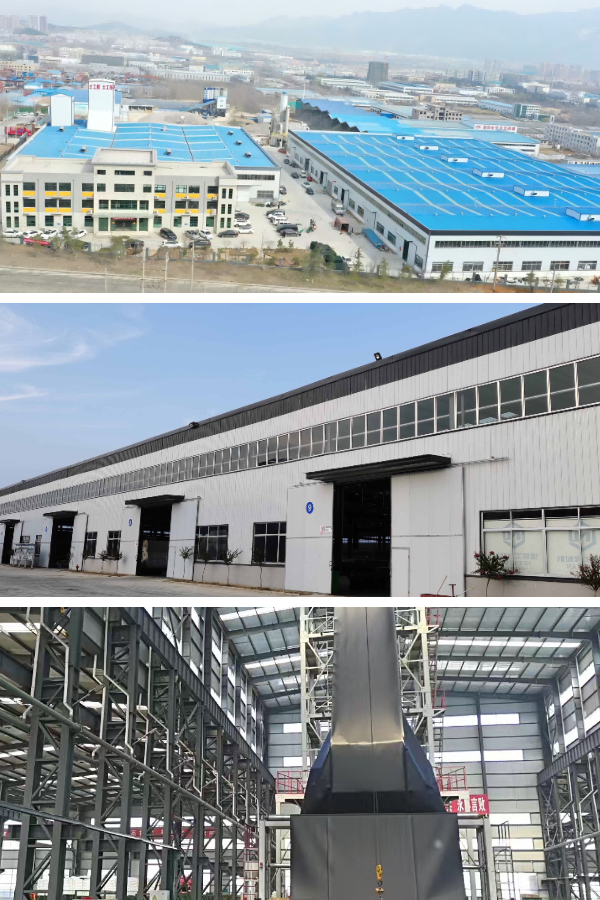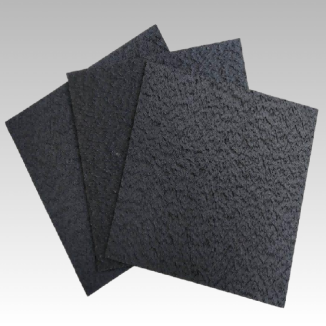HDPE Geomembrane vs. Other Geomembrane Materials: Which Is Better for Your Project?
Introduction: The Critical Role of Geomembrane in Modern Projects
Geomembrane substances have turn out to be the spine of infrastructure, environmental, and industrial tasks worldwide—from lining landfills and reservoirs to defending soil from illness and erosion. Choosing the proper Geomembrane can make or smash your project’s durability, performance, and long-term cost-efficiency. Among the many selections available, HDPE Geomembrane stands out as a pinnacle contender, however how does it stack up in opposition to different famous substances like LDPE, PVC, and EPDM? In this guide, we’ll damage down the key variations throughout 4 necessary classes to assist you figure out which Geomembrane is quality desirable for your special needs.
1. Durability & Environmental Resistance: HDPE Geomembrane’s Unmatched Toughness
When it comes to withstanding harsh conditions, HDPE Geomembrane outperforms most different Geomembrane substances thanks to its high-density polyethylene structure. This molecular composition offers it extremely good power that resists tearing, puncturing, and UV degradation—critical elements for out of doors or long-term projects.
How It Compares to Other Materials
LDPE Geomembrane: Low-density polyethylene is extra bendy however substantially much less long lasting than HDPE. LDPE tears without problems beneath heavy masses or sharp debris, making it unsuitable for tasks like landfills or mining websites the place puncture threat is high.
EPDM Rubber Geomembrane: While EPDM provides precise flexibility, it lacks HDPE’s resistance to UV radiation. Over time, EPDM can turn out to be brittle and crack when uncovered to direct sunlight, requiring customary protection or replacement.
PVC Geomembrane: PVC is bendy however inclined to degradation from chemical substances and UV light. It additionally has decrease tensile energy than HDPE, which means it can stretch and fail underneath excessive pressure.
HDPE Geomembrane’s sturdiness shines in disturbing applications. For example, landfill liners made with HDPE can stand up to the weight of waste, face up to root penetration, and undergo a long time of publicity to the factors except compromising performance. Most HDPE Geomembrane merchandise come with a 50-year graph life, a long way longer than the 10–20 year lifespan of many different Geomembrane materials.
2. Chemical Resistance: HDPE Geomembrane for Corrosive Environments
Many projects—such as industrial wastewater treatment, chemical storage, and hazardous waste containment—require a Geomembrane that can face up to corrosive substances. HDPE Geomembrane excels here, as its inert polyethylene shape is tightly closed to most acids, bases, solvents, and natural compounds.
Why Other Materials Fall Short
PVC Geomembrane: PVC is prone to oxidation and can spoil down when uncovered to sturdy acids or oils. It additionally consists of plasticizers that can leach out over time, lowering its chemical resistance and posing environmental risks.
LDPE Geomembrane: Like PVC, LDPE has restrained chemical resistance, making it unsuitable for industrial purposes the place contact with corrosive substances is common.
EPDM Geomembrane: EPDM can face up to some chemical substances however struggles with petroleum-based merchandise and sturdy oxidizers. It additionally absorbs moisture, which can lead to mildew boom or structural harm in damp environments.
HDPE Geomembrane’s chemical balance makes it the go-to desire for environmental safety projects. For instance, in agricultural applications, it safely strains fertilizer storage ponds besides reacting to nitrogen-based chemicals. In industrial settings, it prevents poisonous components from seeping into the soil or groundwater—ensuring compliance with environmental rules and minimizing liability.
3. Ease of Installation & Versatility: HDPE Geomembrane Adapts to Any Project
A Geomembrane’s performance relies upon no longer simply on its fabric properties, however additionally on how without difficulty it can be established and tailored to your project’s layout. HDPE Geomembrane provides unmatched set up flexibility, making it appropriate for each small-scale initiatives (like outdoor ponds) and massive infrastructure (like reservoirs or highways).
Installation Advantages Over Competitors
Weldability: HDPE Geomembrane can be thermally welded to create seamless joints—eliminating the hazard of leaks that plague different Geomembrane materials. PVC requires adhesive or mechanical fasteners, which are susceptible to failure over time, whilst EPDM depends on tape or glue that can degrade in harsh conditions.
Lightweight & Rigid Balance: HDPE is light-weight ample to take care of barring heavy tools however inflexible sufficient to lay flat and withstand wrinkling. LDPE’s immoderate flexibility makes it difficult to deploy besides creases, and EPDM’s thickness can require greater labor to maneuver.
Terrain Adaptability: HDPE Geomembrane conforms to uneven surfaces, slopes, and curves besides cracking or stretching. This versatility makes it best for initiatives with complicated geometries, such as landfill caps or contour-shaped water features.
Installers additionally respect that HDPE Geomembrane requires minimal preparation. Unlike PVC, which is touchy to temperature and requires unique handling, HDPE can be set up in a broad vary of climate conditions—reducing assignment delays and labor costs.
4. Cost-Effectiveness: HDPE Geomembrane Delivers Long-Term Value
While upfront expenses are a consideration, the real fee of a Geomembrane lies in its whole fee of ownership. HDPE Geomembrane may additionally have a barely greater preliminary rate than substances like LDPE or PVC, however its lengthy lifespan and low preservation necessities make it the most most economical desire over time.
Cost Comparison Breakdown
Initial Investment: HDPE Geomembrane commonly fees 10–20% greater upfront than LDPE or PVC. However, this distinction is offset through its durability.
Maintenance Costs: HDPE requires little to no upkeep as soon as installed. PVC and LDPE, by way of contrast, want ordinary inspections and repairs to repair leaks, cracks, or degradation. EPDM regularly requires re-sealing or patching each 5–10 years.
Replacement Costs: HDPE Geomembrane can remaining 50 years or more, whilst LDPE and PVC usually want alternative each 10–15 years. This ability fewer replacements over the lifestyles of your project—saving you time, money, and disruption.
For example, a landfill mission the use of HDPE Geomembrane would possibly value $50,000 upfront, in contrast to $40,000 for PVC. But over 30 years, the PVC challenge would require two replacements (costing $80,000 total) plus $10,000 in maintenance, whilst the HDPE task would have no substitute charges and $2,000 in maintenance—resulting in a complete financial savings of $48,000.
Conclusion: Is HDPE Geomembrane the Right Choice for You?
When evaluating HDPE Geomembrane to different Geomembrane materials, it’s clear that HDPE excels in durability, chemical resistance, set up flexibility, and long-term cost-effectiveness. It’s the best desire for initiatives the place performance, reliability, and environmental compliance are non-negotiable—such as landfills, wastewater remedy facilities, reservoirs, and industrial containment sites.
While different Geomembrane substances may also be suitable for small, low-stress initiatives (like brief ponds or ornamental features), HDPE Geomembrane presents the peace of thought that comes with a proven, long-lasting solution. To make sure you choose the proper Geomembrane for your project, reflect onconsideration on your precise needs: environmental conditions, chemical exposure, task size, and budget.
Ready to take the subsequent step? Let me assist you create a customized HDPE Geomembrane task guidelines tailor-made to your application—outlining key concerns like thickness, set up requirements, and compliance standards. Would you like to get began with that?
Contact Us
Company Name: Shandong Chuangwei New Materials Co., LTD
Contact Person :Jaden Sylvan
Contact Number :+86 19305485668
WhatsApp:+86 19305485668
Enterprise Email: cggeosynthetics@gmail.com
Enterprise Address: Entrepreneurship Park, Dayue District, Tai 'an City,
Shandong Province


